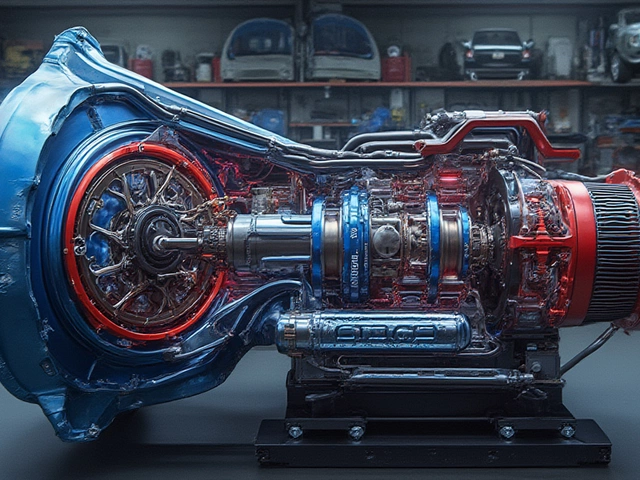Signs of Bad Spark Plugs You Can’t Ignore
If your car feels jittery or won’t start, the spark plugs might be the culprits. They’re tiny, but they fire the engine’s fuel‑air mix. When they wear out, the whole system suffers.
Typical Symptoms That Mean It’s Time for New Plugs
Rough idle. Your engine should run smooth at a stop. If it shakes or sounds uneven, the plugs likely aren’t giving a steady spark.
Hard starts. Turning the key and hearing the engine struggle is a classic sign. Bad plugs need more voltage to fire, so the starter has to work harder.
Loss of power. You might notice slower acceleration or the car feeling “flat” when you press the gas. The engine isn’t getting the spark it needs for full power.
Increased fuel consumption. When the spark is weak, the engine can’t burn fuel efficiently. Your gauge will show you’re topping up more often than usual.
Engine misfire codes. Modern cars store error codes. If the check engine light flashes or you pull a code like P0300, it usually points to the ignition system, often the plugs.
Quick DIY Checks Before You Head to the Garage
Grab a socket wrench and the right size plug socket. Make sure the engine is cool, then remove one plug at a time. Look at the tip:
Black, sooty deposits. This means the plug is running too rich – too much fuel, not enough spark.
White or blistered spots. That’s a sign it’s too lean – too much air, not enough fuel.
Cracked insulator. Any cracks or chips mean the plug can’t keep the spark inside the chamber.
If you see any of these, replace all the plugs at once. Plug wear is usually uniform, and swapping only a few can keep the engine imbalanced.
When you buy new plugs, match the heat range and gap specified in your owner’s manual. Most auto parts stores will set the gap for you, but it never hurts to double‑check with a feeler gauge.
Installation is simple: thread the new plug by hand until it seats, then give it a gentle turn with the torque wrench (usually around 18‑22 lb‑ft). Don’t over‑tighten – that can damage the cylinder head.
After you’re done, fire up the engine. It should feel smoother, start faster, and the check engine light should stay off. If problems persist, there could be deeper issues like ignition coils or fuel delivery.
Regularly changing spark plugs is cheap insurance. Most manufacturers recommend replacement every 30,000‑60,000 miles, but if you drive a lot in stop‑and‑go traffic, you might need them sooner.
Bottom line: rough idle, hard starts, power loss, bad fuel mileage, or misfire codes are all red flags. A quick visual check can save you a pricey repair later.
Keep a spare set in your boot and replace them proactively. Your engine will thank you with smoother runs, better fuel economy, and fewer surprise breakdowns.
 24 July 2025
24 July 2025
How to Know When Spark Plugs Need Replacement: Signs, Symptoms, and Pro Tips
Wondering if your spark plugs need changing? Get straight-up signs, science, and pro tips for spotting worn-out spark plugs and what bad plugs do to your ride.
Latest Posts
-

Exploring Diverse Exhaust Systems: A Deep Dive into Their Types and Functions
-

Brake Pads: How to Tell When It's Time for a Change
-

Stage 2 Clutch Kit Explained: Benefits, Performance, and Why Drivers Upgrade
-

Choosing the Best Windshield Wipers for Your Car
-

Brake Pads: How Often Should You Really Replace Them?

0